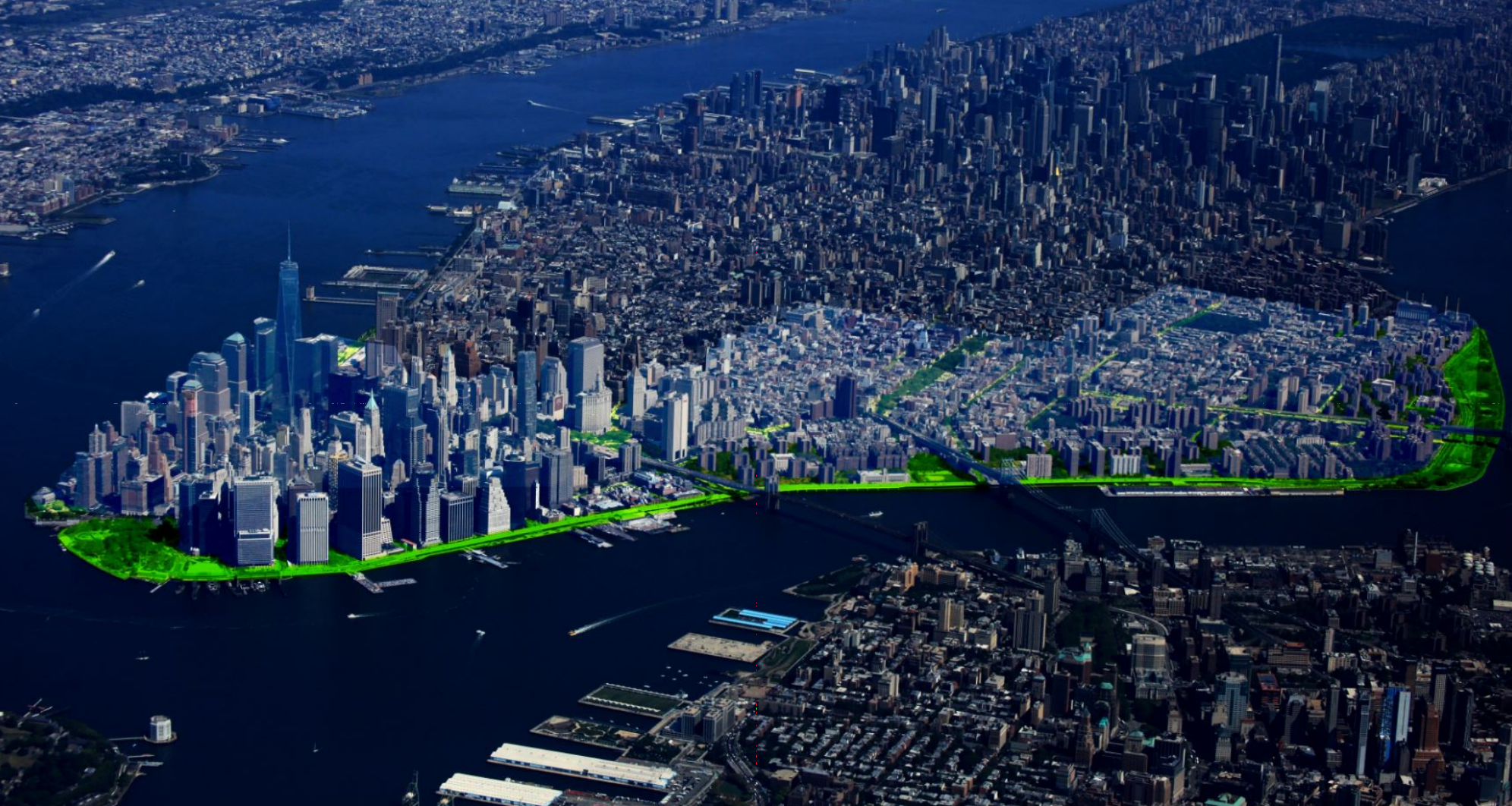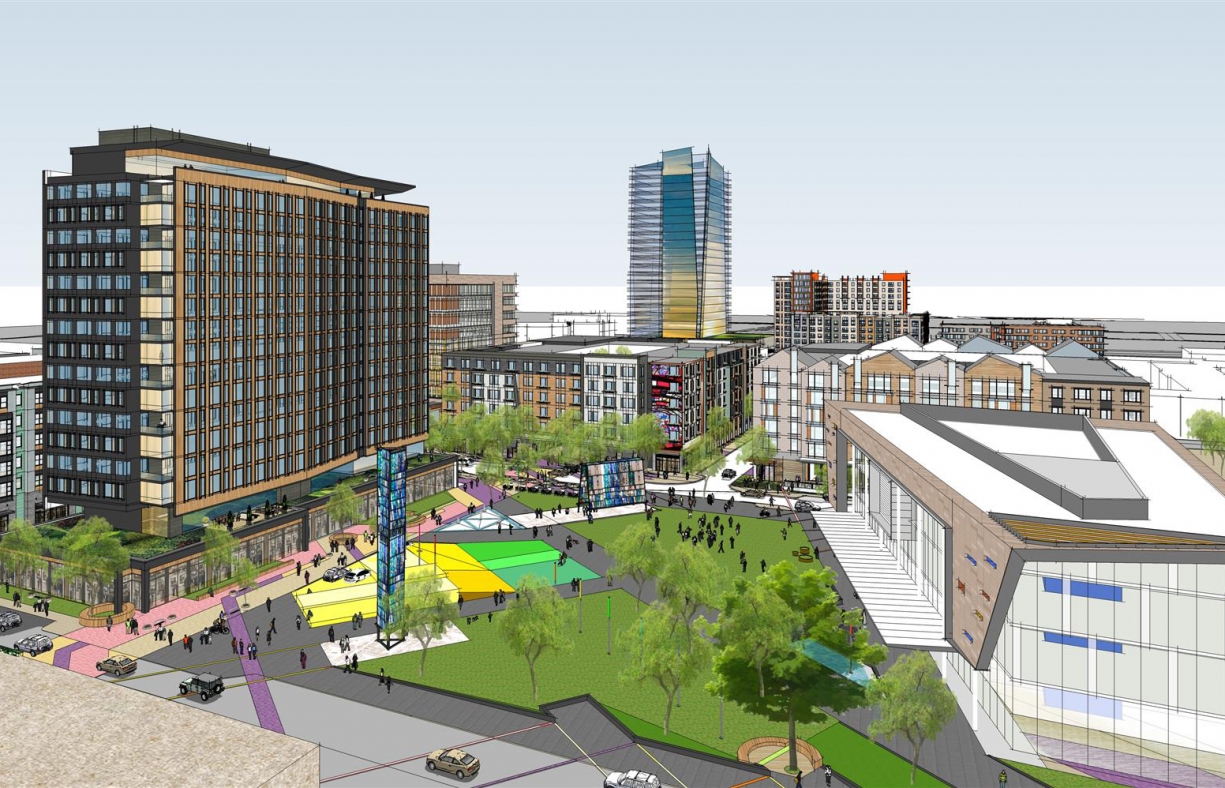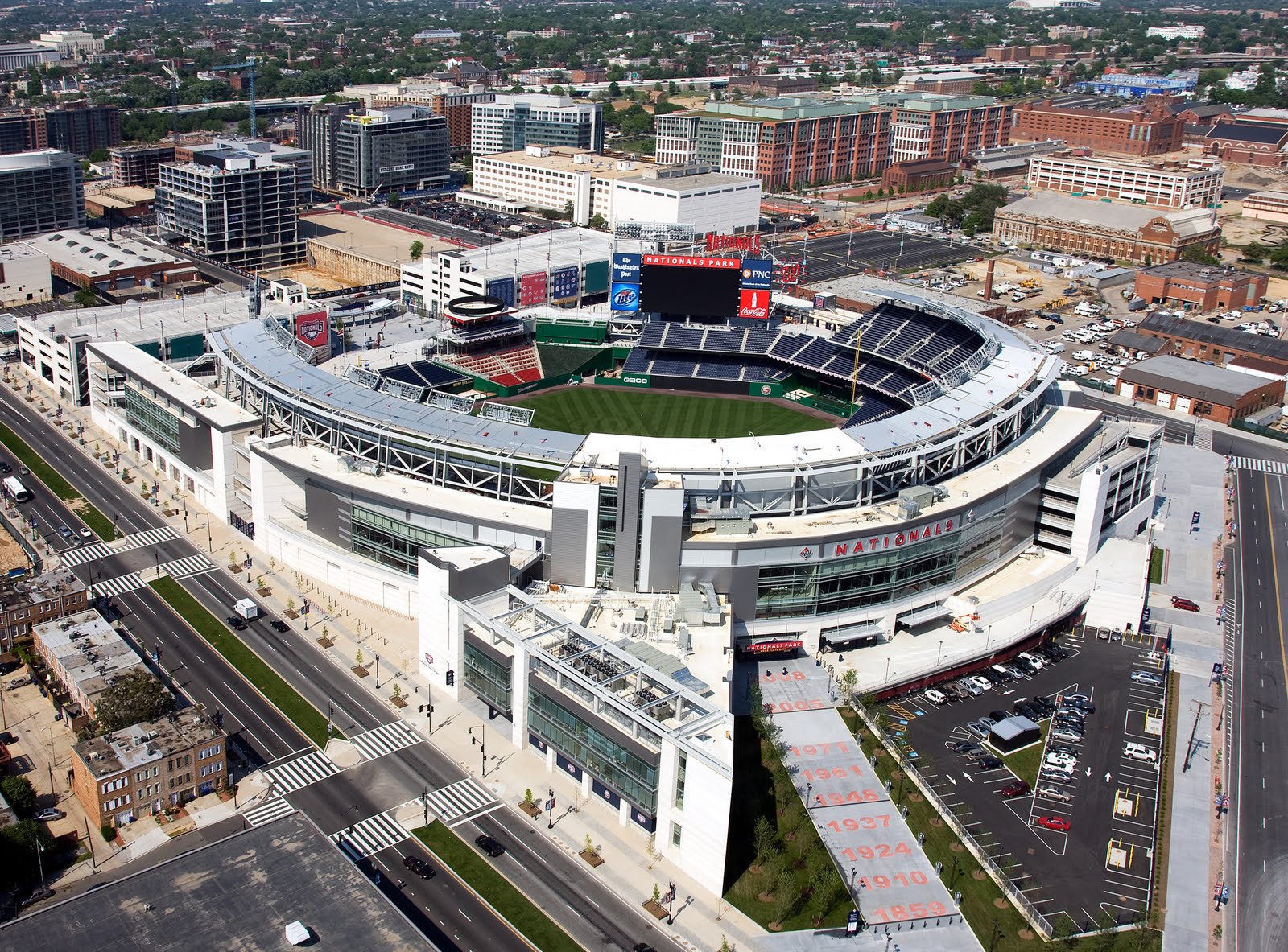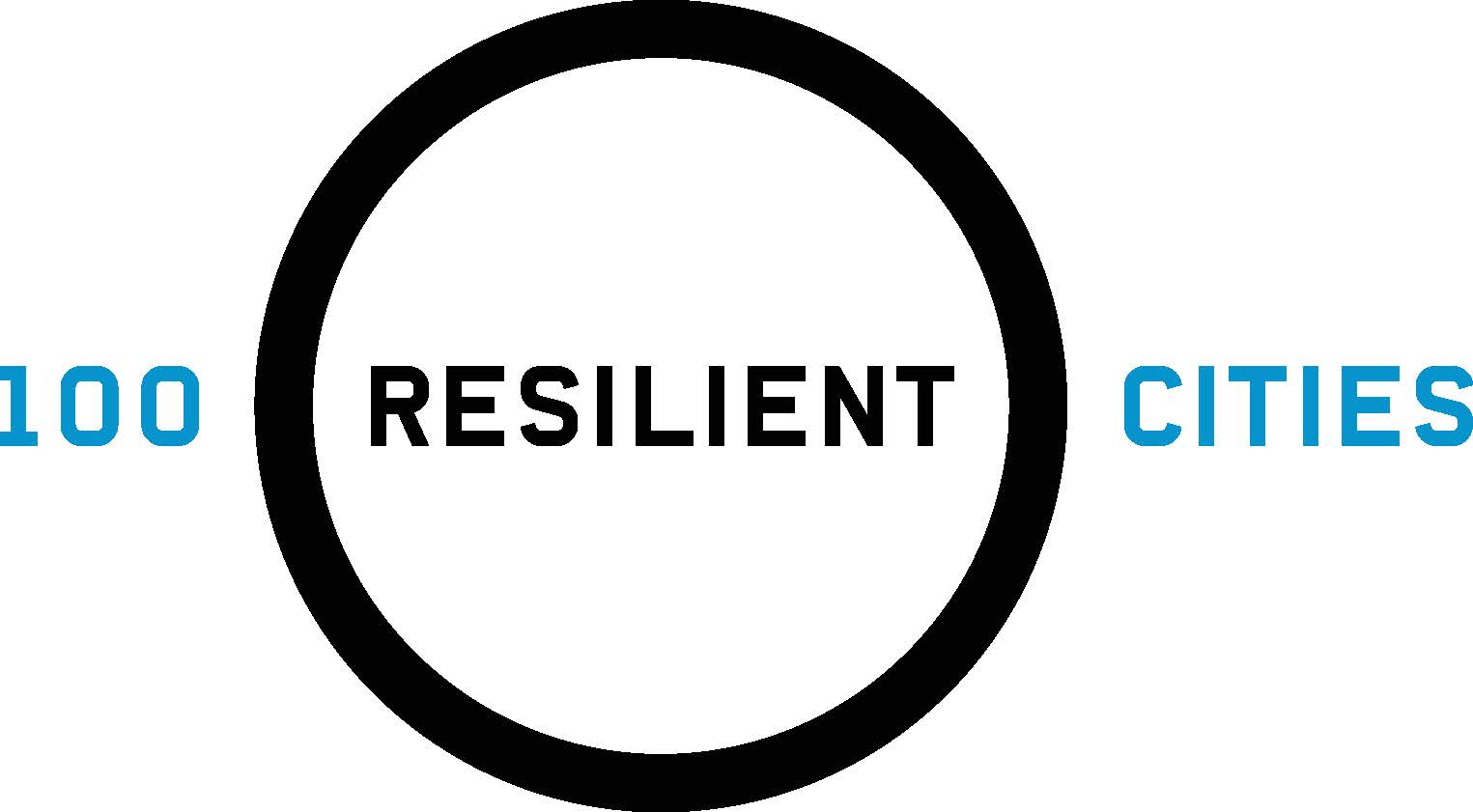Developed a long-term Affordable Housing Plan; now supporting implementation and program creation.
Challenge
Wake County is the second-fastest-growing county in America and faces a growing housing crisis. Wake County sought to identify strategies that would help preserve existing affordable housing while also incentivizing the production of new affordable housing. As the level of federal support for affordable housing programs continues to decrease, Wake County needed unique strategies to solve challenges ensuring long-term affordability of housing within the county.
Solution
HR&A reviewed existing affordable housing programs and policies, analyzed demographic and market conditions, performed a housing gap analysis, and conducted a financial feasibility analysis for affordable housing development. As part of the development of the Affordable Housing Plan, HR&A ran an extensive stakeholder engagement process that included a 35-member steering committee of local stakeholders representing different communities in Wake County. The plan provided Wake County an actionable roadmap to guide their affordable housing efforts over the next 20 years.
IMPACT
Following the launch of the long-term Affordable Housing Plan, Wake County retained HR&A to support the implementation of the Plan’s recommendations. HR&A’s efforts are concentrated on three primary tasks: the development of a gap financing program to support new multifamily affordable housing projects, including revising the County’s current selection criteria for its existing rental production loan program and supporting County staff in the review of project applications; the assessment of capacity of select sites to accommodate permanent supportive housing development; and the development of a land disposition policy to guide the use and sale of County-owned properties in support of affordable housing, including analyzing legal restrictions and developing feasibility criteria to prioritize parcels suited for direct development of on-site units.







